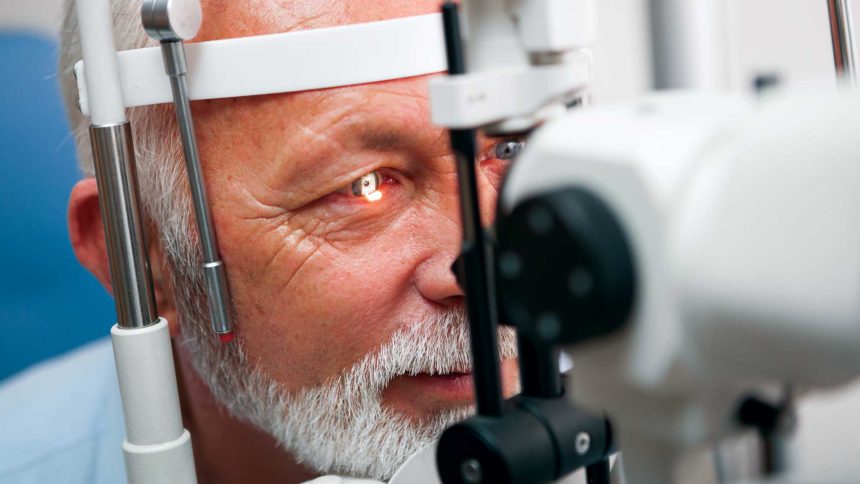
Age-related macular degeneration (AMD), an eye condition that is relatively common in older adults, is linked to two potentially treatable diseases, investigators have discovered.
AMD results from damage to the central area of the eye’s retina. An estimated 12.6% of Americans aged 40 and older were living with AMD in 2019, according to the Centers for Disease Control and Prevention. The condition can lead to blindness in some cases and is diagnosed as either vision threatening or non-vision threatening.
When it progresses to blindness, AMD has two advanced forms, commonly called wet and dry AMD. In the new study, the researchers conducted fluorescence studies of the eyes of people with the condition. They found deposits of different materials depending on which type of AMD they patients had.
When considered along with prior research, the results provided “conclusive evidence that two different disease processes in AMD are taking place,” they said in a statement.
In one case, where the condition is linked to deposits called drusen, vitamin supplements can prevent vision loss, they said. In the other case, which involves deposits called subretinal drusenoid deposits (SDDs), there is no known cure. But researchers have previously found a link between SDDs, heart disease and stroke.
A tie to vascular disease?
If the SDDs result from deficient blood flow to the eye caused by these vascular diseases, “patients with SDDs should be warned they may have life-threatening, undetected heart conditions that should be evaluated and treated,” they proposed.
If groups at high risk of cardiovascular disease are better screened, this could have the effect of preventing AMD progression as well, the authors theorized.
Full findings were published January 9 in the journal Eye.
Related articles:
Supplements help delay vision loss from macular degeneration: study
Reservoir implant can reduce need for injections in those with macular degeneration



